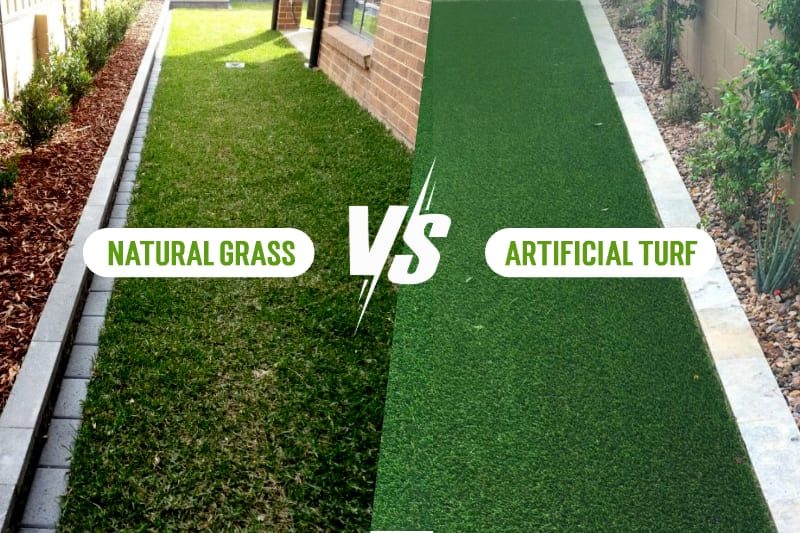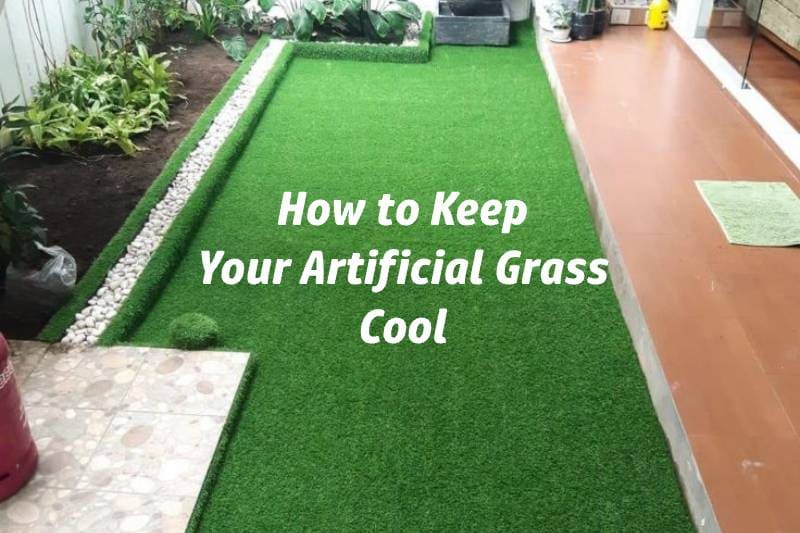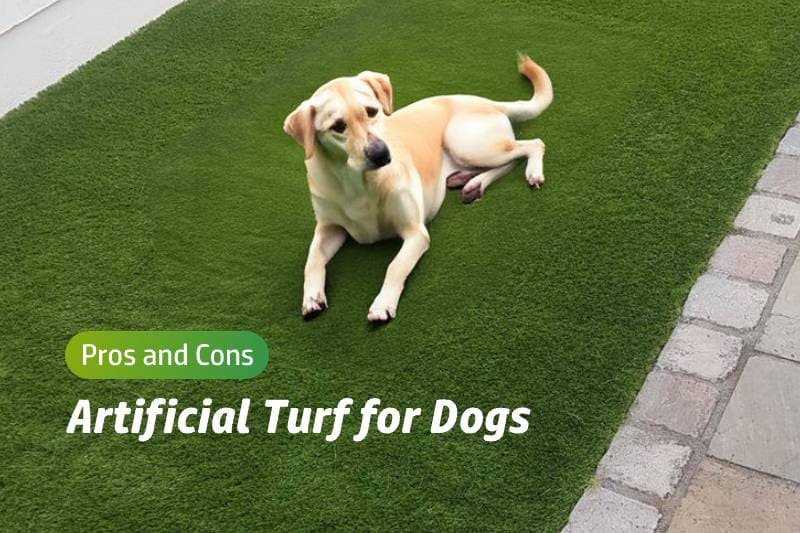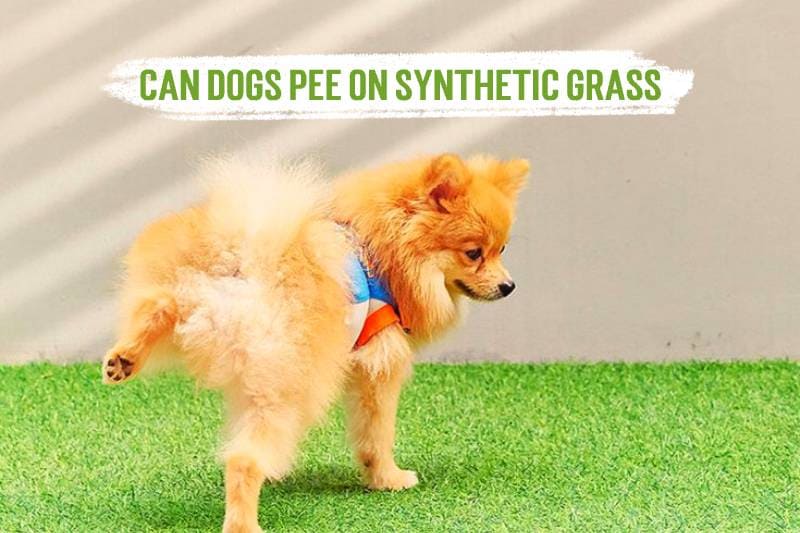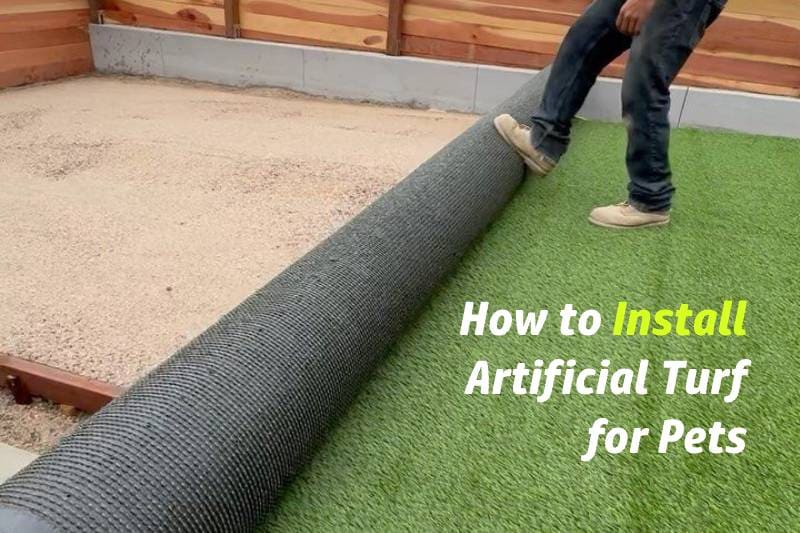Cleaning an artificial grass is important for pet owners because pets can leave feces on the grass. Regular cleaning is vital to prevent odors and maintain hygiene, which ensures that your artificial lawn stays fresh and inviting, thus enhancing the overall experience for you and your pet.
As an artificial lawn expert with 20 years of experience in the field, let me explain how to clean your artificial grass.

Easy Steps:
- Regularly remove solid waste using a pooper scooper to maintain hygiene and prevent odors.
- Rinse your artificial grass with a garden hose to eliminate bacteria and keep the turf fresh.
- Use enzymatic cleaners to effectively break down urine and neutralize odors, ensuring a pleasant environment.
- Incorporate a structured cleaning routine: clean weekly in pet areas and bi-weekly in low-use areas for optimal maintenance.
- Consider professional cleaning services for deep cleaning to eliminate stubborn dirt and harmful microorganisms.
- Brush and fluff the grass fibers regularly to maintain a natural appearance and prevent matting.
Routine Cleaning Steps for Artificial Grass Maintenance
Keeping your artificial grass in top shape involves a few simple steps. Performing routine cleaning ensures your turf remains fresh and inviting for both you and your furry friends. Let’s dive into the essential steps for maintaining your artificial grass.
1. Removing Solid Waste
First things first, you need to tackle solid waste. Use a pooper scooper or a plastic bag to pick up any waste left by your dog. The Arm & Hammer Claw Scoop is a handy tool for this task. It’s easy to use with one hand and works well on various surfaces. By promptly removing waste, you prevent drainage blockages and keep your turf looking pristine.
2. Rinsing the Turf
Next, grab a garden hose to rinse the turf. This step helps remove bacteria and keeps the area clean. Avoid using pressure washers, as they can damage the fibers of your artificial grass. Regular rinsing is a crucial part of performing routine cleaning, ensuring that your turf stays fresh and hygienic.
3. Spot-Cleaning Stubborn Stains
For localized stubborn stains, we have to deep clean. Mix a mild soap solution and gently scrub the affected area using a turf-safe brush. The PetPRO series of artificial pet grass is designed to withstand pet messes, making cleaning easier without worrying about staining. After scrubbing, rinse thoroughly to remove any soap residue. This method effectively tackles tough spots while maintaining the integrity of your turf.
Following these steps ensures your artificial grass remains in excellent condition. Performing routine cleaning not only enhances the appearance of your turf but also creates a safe and pleasant environment for your pets.
How to Dealing with Urine and Odors on Artificial Turf
Dealing with urine is a common problem if you have pets. We can clean an artificial lawn with commercial cleaners, lawn deodorizers, a mixture of water and white vinegar, and baking soda.
Using Commercial Cleaners
Apply Enzymatic Cleaners: Enzymatic cleaners are your best friend when it comes to breaking down urine components. These cleaners contain enzymes and live bacteria that target the uric acid in dog urine, effectively neutralizing the smell. Products like the BioS+ Artificial Turf Grass Concentrate Enzyme Cleaner are specifically designed for this purpose. They break down ammonia and proteins, ensuring complete odor eradication. To use, simply spray the cleaner on the urine spots and let it soak for 5-10 minutes. This pre-treat urine spots method boosts cleaning effectiveness.
Use Turf Deodorizers: After applying the enzymatic cleaner, follow up with a turf deodorizer. An anti-microbial pet deodorizer spray can prevent and eliminate strong pet odors by breaking down ammonia in pet urine. This step ensures that any lingering smells are neutralized, leaving your artificial grass smelling fresh.
Household Cleaning Solutions
Mix Water and White Vinegar: If you prefer a more natural approach, mix equal parts water and white vinegar in a spray bottle. This solution is great for cleaning dog urine from your turf. Spray it on the affected areas and let it sit for a few minutes before rinsing. The vinegar helps to break down the urine and neutralize odors.
Use Baking Soda: For an extra layer of odor control, sprinkle baking soda over the urine spots. Let it sit for a while to absorb any remaining odors, then rinse it off. Baking soda is a natural deodorizer and works wonders in keeping your turf smelling clean.
By incorporating these methods into your routine, you can effectively manage urine and odors on your artificial turf. Whether you choose commercial products or household solutions, maintaining a clean and fresh-smelling yard is entirely achievable.
How to Maintain an Artificial Lawn
Regular maintenance not only enhances the appearance but also extends the life of your turf. Let’s explore how you can maintain artificial grass effectively.
Brushing and Fluffing Fibers
To keep your grass fibers upright and looking natural, use a stiff bristle push broom. This tool helps maintain the grass fibers by brushing them in different directions. Regular brushing prevents matting, which can occur over time due to foot traffic or pet activity. By fluffing the fibers, you ensure that your artificial grass maintains its lush appearance, making it look as good as new.
Deodorizing the Turf
Odor control is crucial, especially if you have pets. Applying a turf deodorizer regularly can help eliminate unpleasant smells. Products like TurFill and PE-51 are excellent choices. TurFill contains natural enzymes that trap and neutralize odor-causing bacteria, providing long-lasting odor control. It’s all-natural, non-toxic, and safe for kids and pets. On the other hand, PE-51 is known for effectively eliminating pet odors and absorbing them.
Rinse with water
Proper drainage is essential to prevent odor buildup. Ensure that your turf has adequate drainage to allow water and cleaning solutions to flow through easily. This step not only helps deodorize your turf but also keeps it fresh and inviting.
How often should you clean your artificial lawn?
For areas where your pets frequently play, aim to clean weekly. This helps to remove debris and prevent the buildup of bacteria and odors. In less-used areas, a bi-weekly cleaning schedule should suffice. This routine not only keeps your turf looking great but also ensures a healthier environment for your pets.
Professional Maintenance
Sometimes, a deeper clean is necessary to tackle stubborn dirt and bacteria. Scheduling professional deep cleaning artificial turf services can help eliminate harmful microorganisms, such as bacteria and mold, that may accumulate over time. According to the SYNLawn Georgia Team, professional cleaning ensures your turf is safer and healthier for everyone, including your pets.
Ensure High-Quality Turf Installation for Durability: The foundation of effective artificial turf maintenance begins with quality installation. High-quality turf installation ensures durability and reduces the likelihood of issues arising in the future.
Final Thoughts
Regular cleaning of your artificial turf is essential to maintain its appearance and extend its life. Not only will your lawn look great through routine maintenance, but it will also safeguard your health by reducing allergens and harmful microorganisms.
Utilize both commercial and household cleaning solutions to tackle odors and stains effectively. Avoid harsh cleaning agents to preserve turf quality. Embrace these practices for a fresh and inviting lawn that everyone can enjoy.
FAQ
Can I vacuum my artificial grass?
While vacuuming might seem like a good idea, it’s not recommended. A leaf blower is a safer option as it won’t disturb your turf’s infill. For a deeper clean, use a lawn rake or broom to get any debris out of the artificial grass blades.
Can you use bleach on artificial grass?
It’s best to avoid using bleach on artificial grass. Instead, opt for a non-toxic cleaner or a homemade solution of warm water, vinegar, and baking soda. These options are safer for your turf and the environment.
How do you remove solid waste from artificial grass?
To remove solid waste, use a pooper scooper or a plastic bag to pick up the waste. For any residue, a garden hose can help rinse the area clean.





